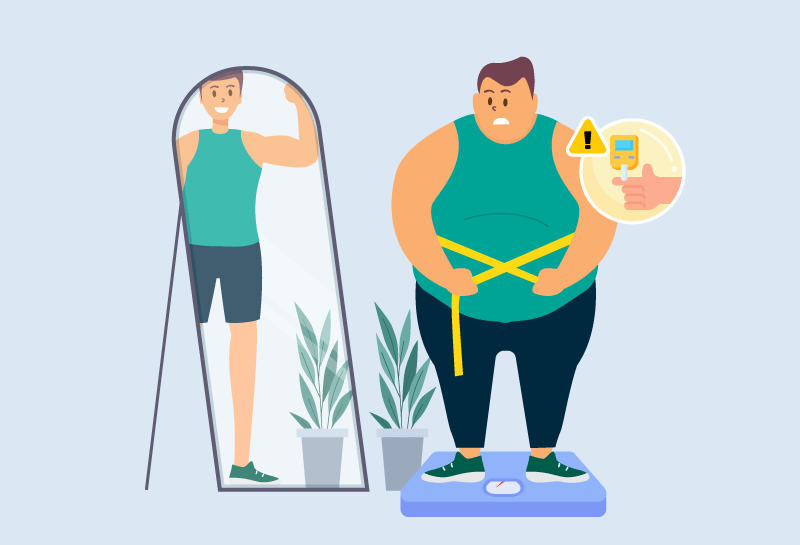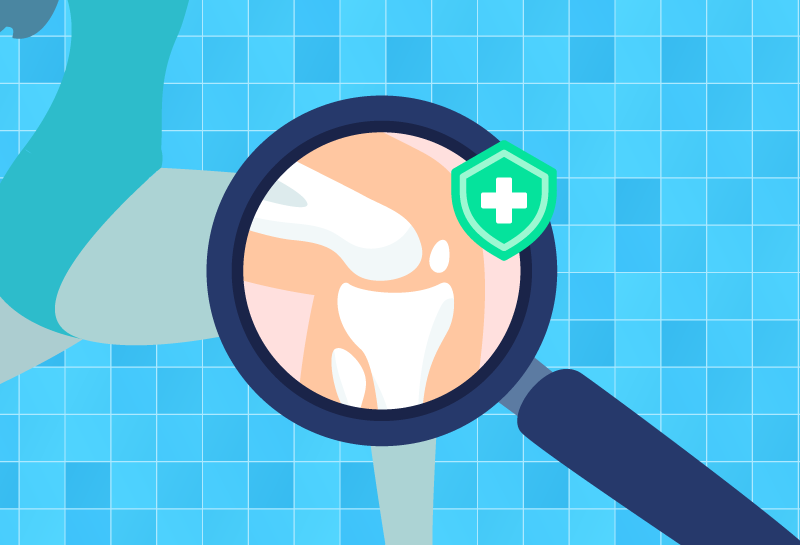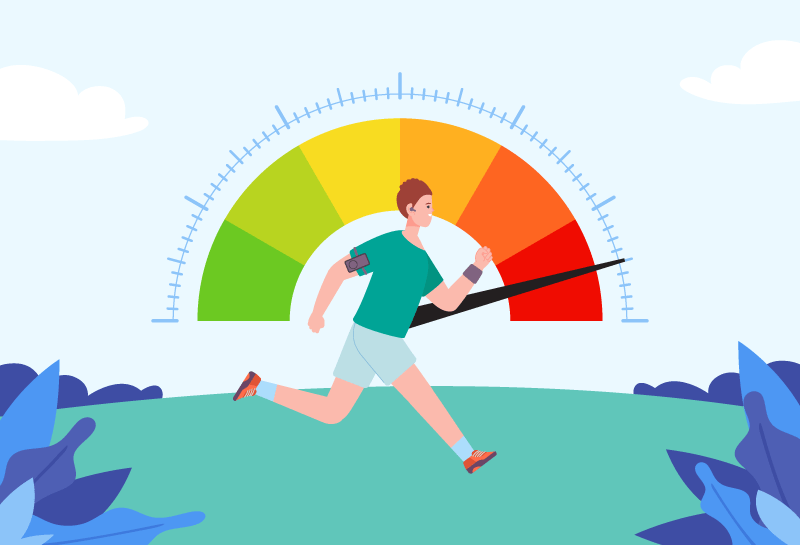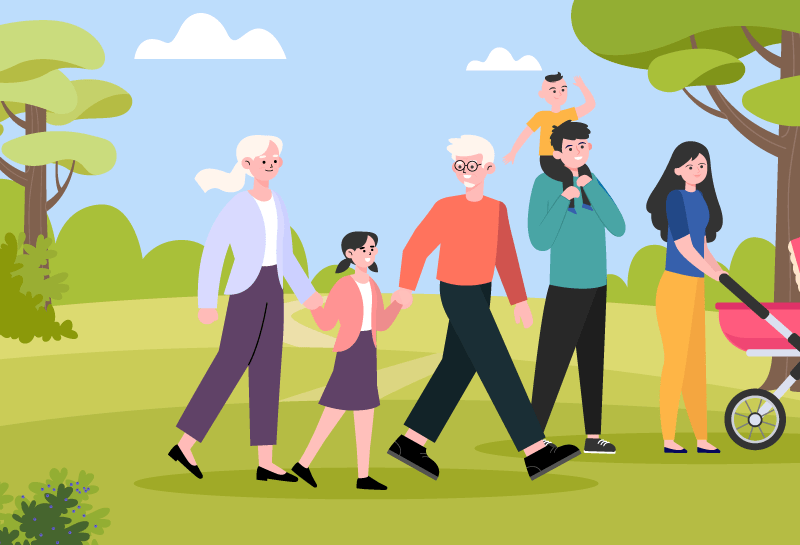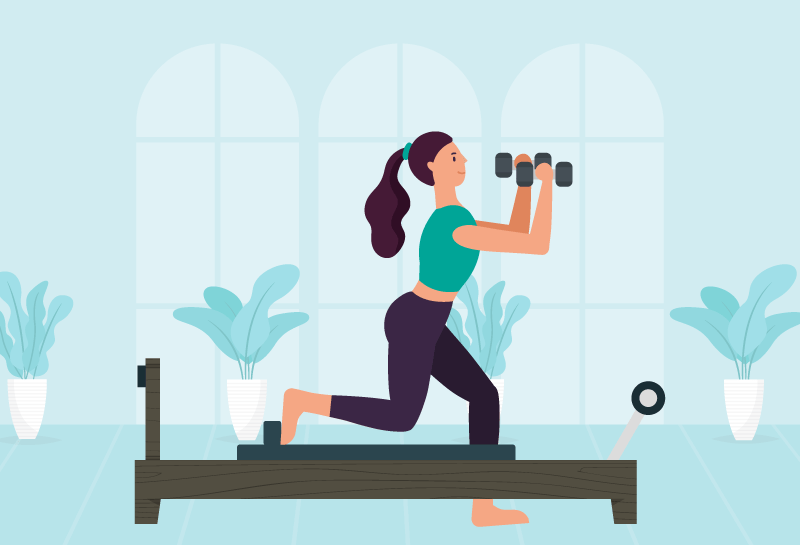Gone are the days when children were seen running around the playground, playing catch with friends, or riding their bikes through the neighbourhood. Today, kids are spending more time in front of screens than they are playing outside and staying active. With the rise of digital entertainment, smartphones, video games, and streaming services, children are spending increasingly long hours sitting down. But what’s the real cost of this sedentary lifestyle? It’s not just about missed playtime; it’s about shaping their health, mindset, and future. The habits kids form now will follow them into adulthood, and inactivity today could lead to bigger problems down the road, including childhood obesity and a myriad of hidden health risks. So, how can we break this cycle and ensure our kids grow up active and healthy. Let’s explore why fitness for young children is more important than ever and how you can make a lasting impact.
The reality: Why are kids sitting so much?
We’ve all heard it, “Kids today don’t play outside like we used to.” But is this just nostalgia, or is there some truth to it? It turns out, there’s more truth than we realise. Studies show that children are spending more time in front of screens than ever before. According to research, children between the ages of 6 and 12 are spending, on average, 4-6 hours a day on devices, and that doesn’t account for time spent sitting in classrooms.
It's easy to underestimate the importance of fitness for young children. After all, they’re still so young, right? They have plenty of time to figure out their exercise habits later in life. But what if the habits form now are the ones they carry with them for life? This is crucial because early experiences shape a child’s lifelong patterns. A lack of physical activity during childhood can have profound long-term effects on their physical and mental wellbeing.
Inactivity isn’t just about spending time indoors; it’s about what’s happening to their bodies when they aren’t moving. But that’s the tip of the iceberg. While, childhood obesity is one visible result, there are hidden health risks associated with inactivity that are less talked about, but just as important.

EXPERT INSIGHT
According to Assoc Prof Mazlina, physical activity plays a vital role in boosting a child’s cognitive development and learning abilities. When children engage in movement, it increases blood flow and oxygen delivery to the brain, which supports neutral growth and connectivity. Simple activities like running, jumping, or playing games enhance executive functions such as memory, attention, and problem-solving skills. These active moments also contribute better classroom behaviour and academic performance, as children who are physically active often experience improved focus and lower stress levels.
What happens if kids don’t stay active?
Let’s think about the long-term consequences of a sedentary lifestyle. Children don’t develop good fitness habits early in life are at risk for ongoing health problems as they grow. Here are some tough to ignore realities:

|
Obesity
Sedentary behaviour is directly linked to an increase in childhood obesity, which sets the stage for numerous health problems. Obesity in children is associated with a higher likelihood of developing type 2 diabetes, heart disease, and other chronic conditions in adulthood.
|

|
Heart health
The heart is a muscle that requires regular movement to stay strong. Without sufficient physical activity, children can develop risk factors for cardiovascular disease, such as hypertension and elevated cholesterol levels. Inactive kids are more likely to develop poor cardiovascular health as they grow older.
|

|
Weak bones and muscles
Physical activity is crucial for building strong bones and muscles. Without regular exercise, children are more prone to weak bones, poor posture, and muscle imbalances, which can lead to an increased risk of injury and long-term joint problems. Activities like running, jumping, and climbing can enhance bone density and muscle strength, ensuring better bone health in the future.
|

|
Insulin resistance and type 2 diabetes
Physical inactivity is one of the primary contributors to insulin resistance, which can lead to type 2 diabetes. Kids who don’t move enough are at a higher risk of developing insulin resistance, as their muscles aren’t using glucose effectively, leading to elevated blood sugar levels.
|

|
Mental health struggles
Physical activity has been shown to significantly improve mood and reduce stress. Inactive children are at higher risk for developing anxiety, depression, and other emotional challenges. Movement stimulates the release of endorphins, which help regulate mood and improve emotional wellbeing. Without regular physical activity, children miss out on these crucial mental health benefits.
|

|
Obesity-related cancers
Studies have shown that excess body weight is associated with an increased risk of various cancers, including those affecting the liver, kidney, and colorectal. In Asia, up to 6% of cancer cases were estimated to be attributable to excess body weight in 2012, with this figure likely underestimating the current situation due to rising obesity trends.
|

EXPERT TIP
Assoc Prof Mazlina advises that structured physical activity can be introduced as early as 3 years old, although unstructured play should start much earlier. In the toddler years, activities like guided play, simple games, or age-appropriate sports help develop motor skills, coordination, and balance. In the long-run, these activities lay the foundation for healthy habits, fostering physical fitness, social skills and discipline. Regular participation in structured activities not only supports physical development but also plays a key role in ensuring lifelong physical and mental health.
Inactivity can set the stage for a lifetime of health issues. These dangers are not just hypothetical; they are already impacting children today and they are expected to worsen if current trends continue. So, how can we break the cycle?
The myth of “They’ll grow out of it”
You’ve probably heard this before, “They’ll grow out of it,” when referring to a child’s lack of interest in exercise. While this might sound harmless, it’s a dangerous assumption.
Fitness isn’t just about playing sports or lifting weights. It’s about creating habits. If a child doesn’t learn how to be physically active early on, they’re not likely to just “grow out of it” without external motivation. Early engagement in movement creates neutral pathways in the brain, and those pathways make it easier for kids to continue exercising as they get older. No exercise means no healthy habits, which can snowball into further inactivity and poor health.

EXPERT INSIGHT
Regular physical activity has a profound effect on a child’s emotional regulation and mental health. Exercise triggers the release of endorphins, the body’s natural mood boosters, while also lowering cortisol levels, which helps manage stress. Active play gives children an outlet to express their emotions, build resilience, and develop healthy coping mechanisms. Furthermore, engaging in group activities encourages social connections, reducing the feelings of isolation and anxiety, and promoting a stronger sense of belonging.
How can we get kids moving?
Getting kids to exercise doesn’t have to be a chore. Here are some practical tips that could turn physical activity into a neutral part of a child’s routine:

Start with fun
The first step is making fitness fun. Whether it’s a scavenger hunt in the park, or a family bike ride, fitness needs to be associated with joy, not punishment. Positive experiences create lifelong enthusiasm for movement.

Be a role model
Kids mirror their parents’ behaviour. If they see you taking care of your own fitness, they’ll want to do the same. Set time for family activities like swimming, hiking, or even just a daily walk. This way, fitness becomes a shared activity that the whole family enjoys.

Limit screen time
Try to make sure your child’s screen time doesn’t exceed more than an hour a day. Encourage outdoor play or activities like jumping rope, throwing a ball, or playing tag. Creating screen-free zones or times during the day (such as before dinner) can help reduce sedentary behaviour.

Physical play over digital play
Swap screen time with games like hide-and-seek, or basketball. These games are active, social, and fun, which is exactly what young children need. Physical activity isn’t just about exercise; it’s about fostering a love for movement.

EXPERT TIP
Physical activity plays a vital role in supporting key developmental milestones, such as gross motor skills (e.g. crawling, walking, running) and fine motor skills (e.g. grasping, drawing). Activities like climbing help improve balance and coordination, while playing with blocks or puzzles enhances hand-eye coordination. Parents can track milestones by observing their child’s ability to perform age-appropriate tasks, such as hopping on one foot by age 4 or skipping by age 5. If delays are observed, incorporating targeted play activities or consulting a specialist can help address developmental areas.
How can we overcome these challenges?
Here’s the big question: How can we shift the growing culture of among younger generations?
It starts with the realisation that small, consistent changes can lead to significant health benefits. Whether it’s a parent going for a daily walk or a teacher incorporating fun physical activities into the classroom, the goal is to break the cycle of inactivity. But it’s not only up to parents and educators; society as a whole must support and encourage physical activity at every stage of childhood.

EXPERT INSIGHT
Assoc Prof Mazlina highlights that physical activity is a powerful tool for boosting self-esteem and confidence in young children. When children master new physical skills, such as climbing, balancing, or riding a bike, it provides them with a sense of accomplishment and strengthens their self-confidence. Group activities, like team sports, teach collaboration and communication, which further enhance their self-esteem. Additionally, encouragement and positive reinforcement from parents or caregivers during these activities play a key role in nurturing a child’s sense of capability and independence.
How can you start today? Start small. Encourage movement whenever possible, make it fun, and foster a love for physical activity from an early age.
Ultimately, the real question is: Are we ready to take action before it’s too late? The power to change a child’s future lies in our hands. Let's make fitness for young children a priority.
This article has been written by Healthful For You and does not represent the opinions, views, or endorsements of the Expert Contributor of this article. The Expert Contributor has solely provided expert insights and tips for informational purposes. Any interpretations, conclusions, or statements beyond these contributions are those of the author and do not reflect the views of the expert contributor. This content is intended for informational purposes only and should not be considered as medical, legal, or professional advice.



 Copied
Copied













 6 mins read
6 mins read 